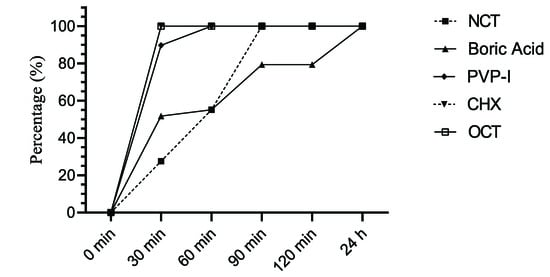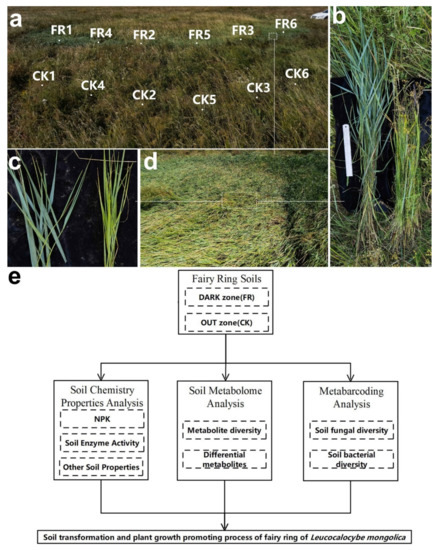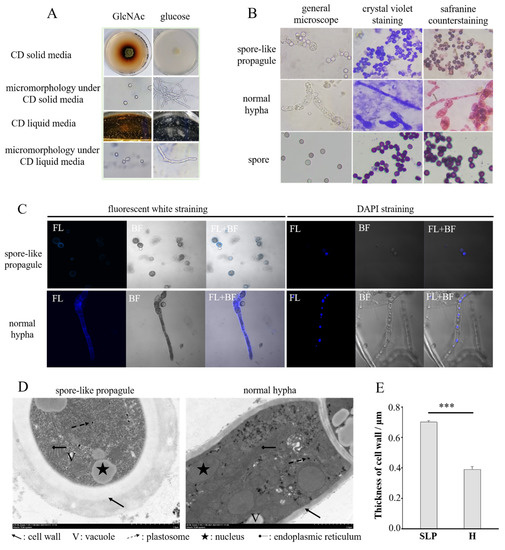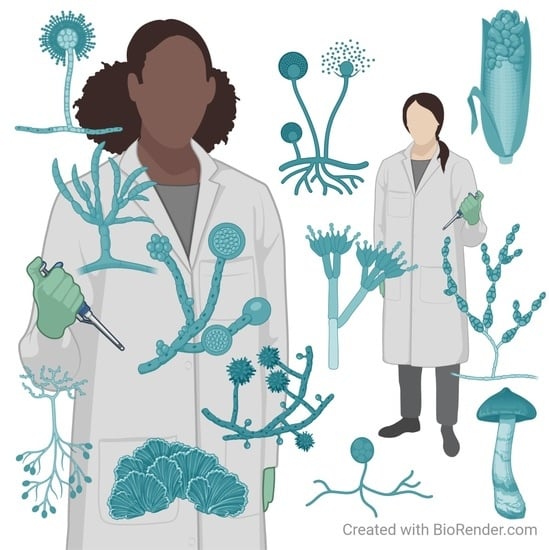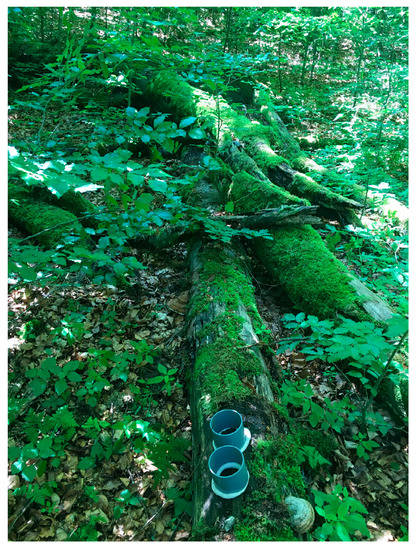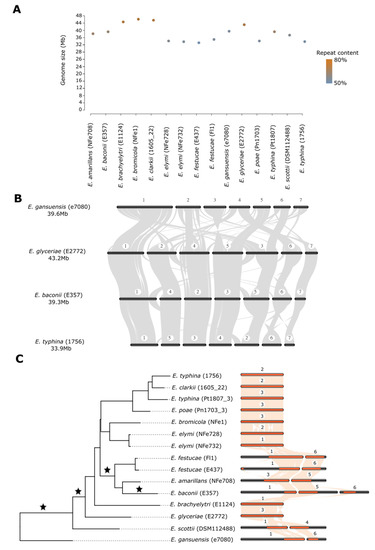J. Fungi 2022, 8(7), 682; https://doi.org/10.3390/jof8070682 - 28 Jun 2022
Cited by 5 | Viewed by 2933
Abstract
N-chlorotaurine (NCT), the N-chloro derivative of the amino acid taurine, is a long-lived oxidant produced by stimulated human leucocytes. NCT has antimicrobial activities which are generally enhanced in the presence of organic material. The aim of this study was to investigate fungicidal effects
[...] Read more.
N-chlorotaurine (NCT), the N-chloro derivative of the amino acid taurine, is a long-lived oxidant produced by stimulated human leucocytes. NCT has antimicrobial activities which are generally enhanced in the presence of organic material. The aim of this study was to investigate fungicidal effects of NCT and conventional antiseptics against Candida isolated from vulvovaginal candidiasis (VVC). Chlorhexidine (CHX, 1.6%), octenidine dihydrochloride (OCT, 0.08%), povidone iodine (PVP-I, 8%), boric acid (8%), and NCT (0.1% (5.5 mM)) were evaluated against forty-four Candida isolates, according to European Standard methods, at 30, 60, 90, and 120 min and 24 h in the presence of skim milk as an organic material. CHX, OCT, and PVP-I showed rapid fungicidal activity against all Candida isolates with 5–6 log10 reduction of viable counts after 30 min, whereas boric acid and NCT needed 1 h against Candida albicans and 2 h against non-albicans Candida for a significant 3 log10 reduction. NCT showed fungicidal activity (defined as ≥4 log10 reduction) against C. albicans within 90 min and C. non–albicans within 24 h. Based upon all presently available data, including our results, NCT could be used as a new agent for treatment of local fungal infections such as VVC.
Full article
(This article belongs to the Special Issue Diagnostic and Therapeutic Challenges of Human Fungal Infections)
►
Show Figures
